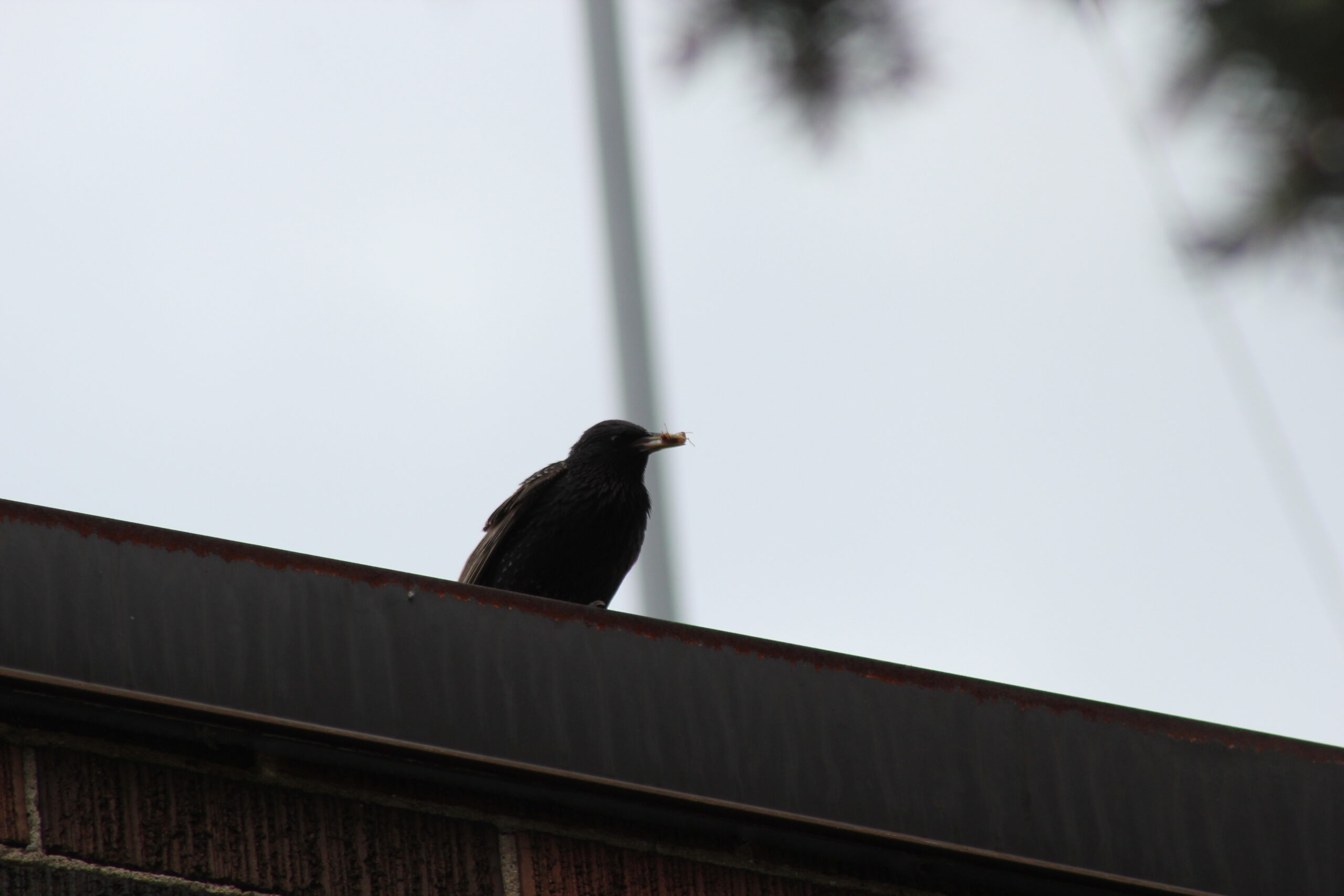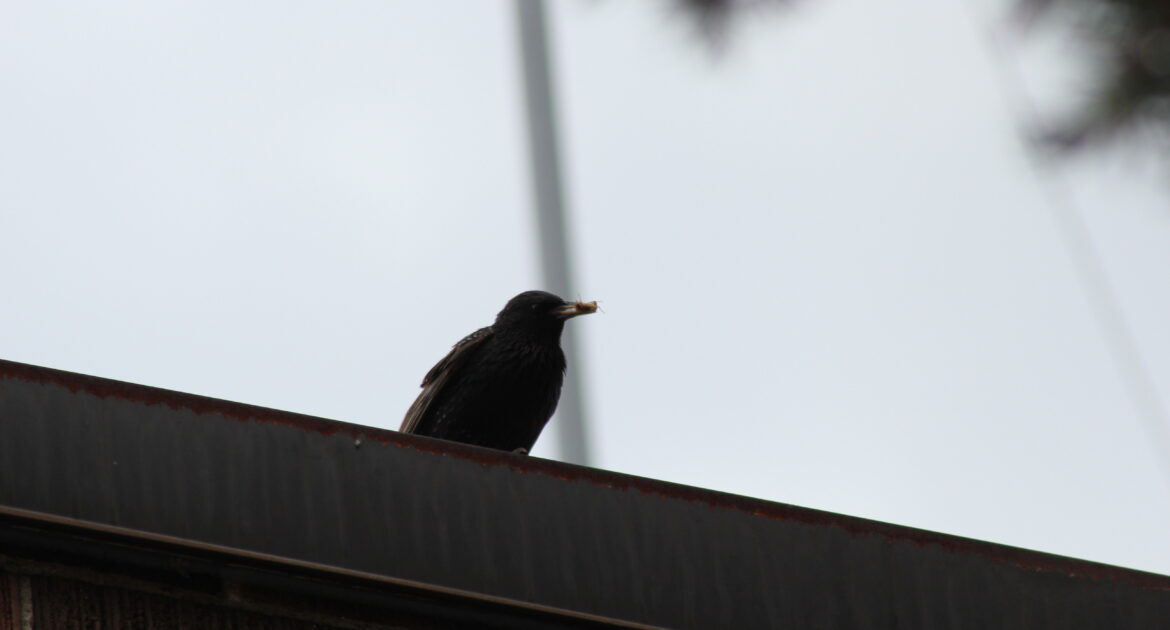Roosters crowing and birds singing are familiar daytime sounds in Madison, Wisconsin. However, if you have ever heard an owl outside your bedroom window, you may have wondered what it and other birds do after dark. Skedaddle Humane Wildlife Control explains how our feathered friends spend the evening hours and how to tell whether the nighttime sounds you hear might mean you need our bird removal services.
Which Birds Are Diurnal?
Like humans, birds have an internal clock that tells them when to sleep and when to be active. For diurnal species, this cycle is the same as in humans, causing them to schedule their days around the rising and setting of the sun. Here are some familiar types of diurnal birds in the Madison area:
- Chickens and grouse
- Swifts and swallows
- Pigeons and doves
- Cuckoos
- Hummingbirds
- Songbirds
- Crows
Where Do Birds Sleep at Night?
During the breeding season, diurnal birds may sleep in their nests with their eggs or young. Throughout the majority of the year, however, the location of their nighttime roosts varies from tree cavities to branches to the ground. Species such as bobwhite quail roost in a group for warmth. Others, such as the northern cardinal, sleep alone in the safety of dense vegetation. If you see birds entering openings in your home in the evening, you need to call for wildlife control in Madison, because the birds may be sleeping inside.
Which Birds Are Nocturnal?
Other birds are most active at night. Six species of owls are common in Wisconsin, and all spend their evenings hunting and their days sleeping. It is unlikely they would roost inside a home, but it is always possible they could mistake an opening in an attic for the natural tree cavities they normally use. Another family of nocturnal birds common to the area is nightjars, which include nighthawks and whippoorwills. You can hear the distinctive sounds of these birds in summer as they fly around eating mosquitoes and other insects. Both roost on the ground, so are also unlikely to enter homes.
Do Birds Sleep During Migration?
A bird’s daily rhythm plays a large role in dictating its sleep-wake cycles. However, changing day length throughout the year and its effect on the pineal gland trumps innate circadian rhythms. Twice per year, this tiny gland inside the avian brain secretes hormones that cause some birds to migrate hundreds or thousands of miles, without sleeping, between their breeding and wintering grounds. Most songbirds migrate at night when the atmosphere is calm and then spend the day refueling for the next leg of their journeys.
What Is Pre-Migration Restlessness?
In the days before a bird migrates, it experiences a feeling of migratory restlessness called Zugunruhe. Scientists first discovered this behavior by noticing that captive birds increased their activity twice per year, hopping day and night toward one side of their cages. Amazingly, the direction of their movements corresponded with the compass direction their species migrate. If you hear scraping sounds in the southern side of your attic in early fall, birds may be gearing up to leave town. Once they depart, it is important to seal the holes they used to get in.
Skedaddle Humane Wildlife Management
No matter what time of year it is, you don’t want birds inside your house during the day or night. Bird droppings accumulate quickly and can spread odor and disease. Uric acid in the droppings can also damage building materials and furniture. Our technicians at Skedaddle Humane Wildlife Control understand the natural cycles of birds and will work to keep them out of your house with humane exclusion devices. Contact us online or call today to schedule a home inspection.




